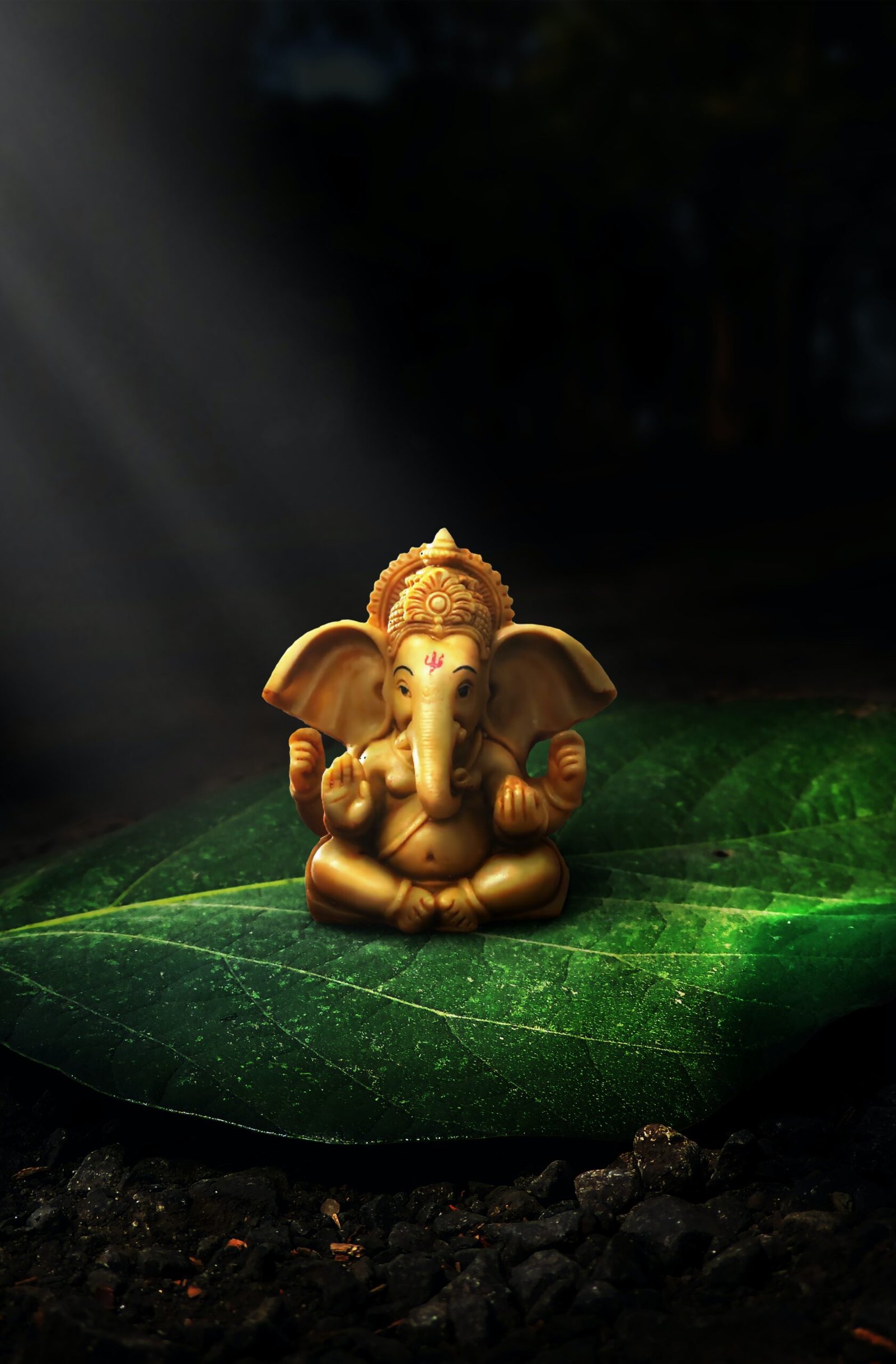Ganesh Chaturthi: The Celebration of Lord Ganesha
Ganesh Chaturthi, also known as Vinayaka Chaturthi, is one of the most widely celebrated festivals in India. It is a ten-day festival that marks the birth anniversary of Lord Ganesha, the elephant-headed god of wisdom and prosperity. This auspicious occasion is observed with great enthusiasm and devotion by Hindus all over the world.
The festival begins on the fourth day of the Hindu month of Bhadrapada, which usually falls in August or September. It is believed that Lord Ganesha, the son of Lord Shiva and Goddess Parvati, bestows his blessings on this day and removes all obstacles from the path of his devotees.
History and Significance
The origin of Ganesh Chaturthi can be traced back to the time of the Maratha ruler, Chhatrapati Shivaji Maharaj. It was during his reign in the 17th century that the festival gained popularity in Maharashtra. However, the festival became a public event and gained mass appeal during the freedom struggle led by Lokmanya Tilak in the late 19th century.
Tilak recognized the potential of Ganesh Chaturthi as a means to unite people against the British Raj. He transformed the festival into a public celebration, encouraging people from all walks of life to come together and participate in the festivities. The idol of Lord Ganesha became a symbol of national unity and pride.
Today, Ganesh Chaturthi is celebrated with great fervor in Maharashtra, as well as in other parts of India and even abroad. The festival not only brings people together but also fosters a sense of community and social harmony.
Traditions and Customs
The preparations for Ganesh Chaturthi begin months in advance. Clay idols of Lord Ganesha are crafted by skilled artisans and worshipped during the festival. The idols are beautifully decorated with flowers, garlands, and ornaments.
On the day of Ganesh Chaturthi, the idol is installed in homes and public pandals (temporary structures). Devotees offer prayers and perform aarti to seek the blessings of Lord Ganesha. They also offer modak (a sweet dumpling) and other delicacies as prasad.
The festival continues for ten days, during which various cultural activities, music, and dance performances are organized. On the last day, the idol is taken in a grand procession and immersed in a water body, symbolizing the departure of Lord Ganesha to his abode, Mount Kailash.
Environmental Impact
In recent years, there has been a growing concern about the environmental impact of Ganesh Chaturthi. The idols made of Plaster of Paris (PoP) and chemical-based paints do not decompose easily and pollute the water bodies.
To address this issue, there has been a shift towards eco-friendly celebrations. Clay idols and natural colors are being used to reduce the ecological footprint of the festival. Many organizations and individuals are actively promoting the use of eco-friendly idols and encouraging people to celebrate the festival in an environmentally responsible manner.
Conclusion
Ganesh Chaturthi is not just a religious festival but a celebration of art, culture, and community. It brings people together and instills a sense of devotion and gratitude towards Lord Ganesha. As we celebrate this auspicious occasion, let us also strive to make it an eco-friendly festival, preserving our environment for future generations.
